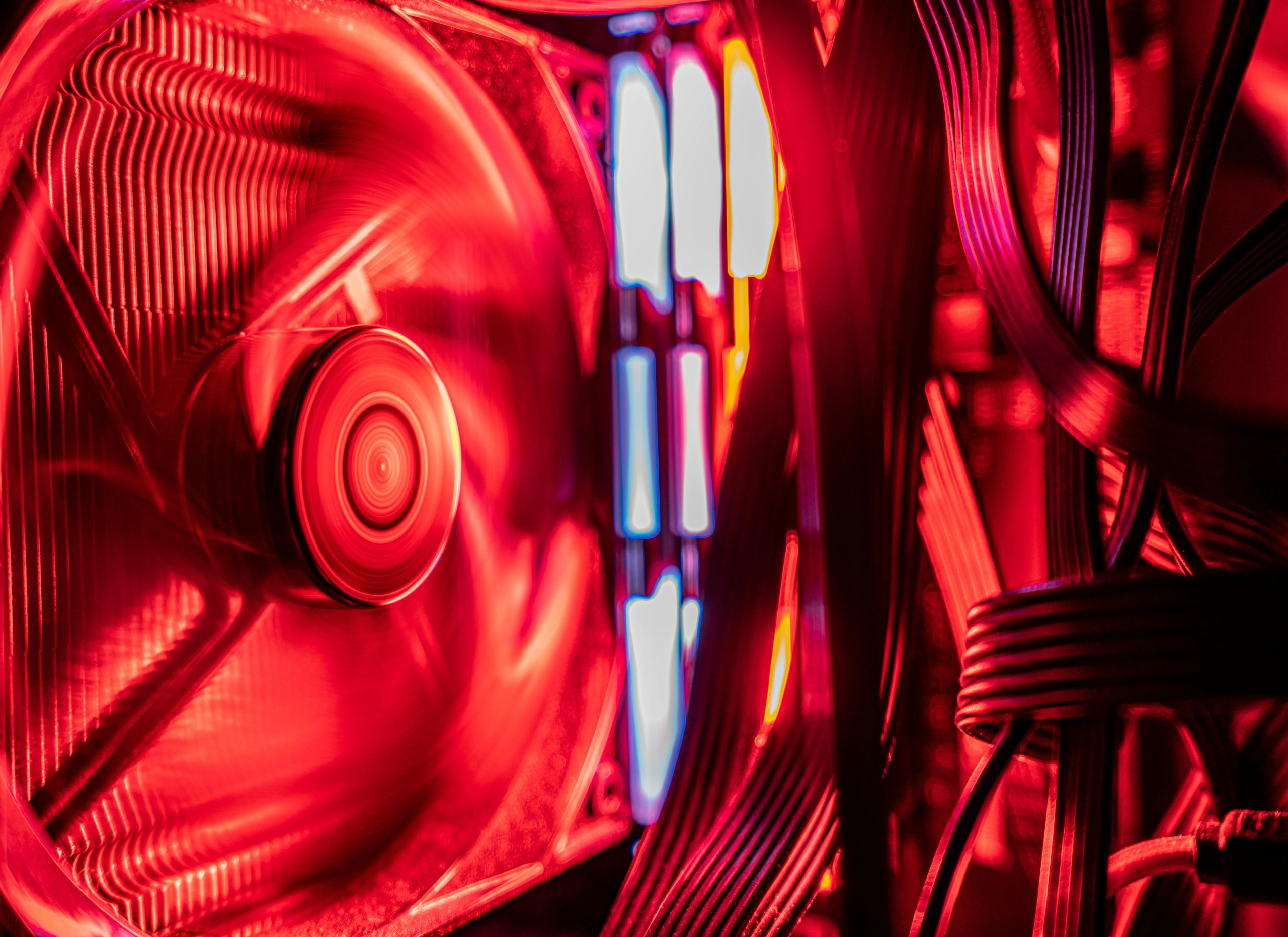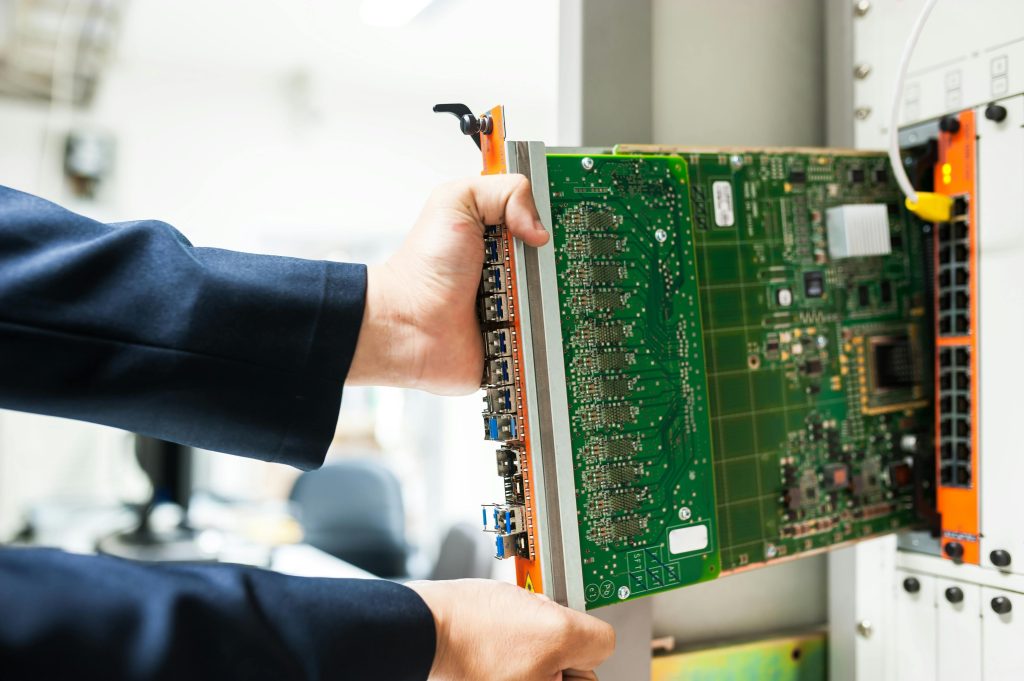Troubleshooting a No-Display Boot and Red CPU Indicator After Upgrading Hardware
Upgrading critical components like the CPU and storage can breathe new life into your PC, but it can also introduce new challenges—especially if you’re encountering boot issues or hardware indicator alerts. If you’ve recently upgraded your CPU and are experiencing a complete lack of display output alongside a red CPU light on your motherboard, this article provides guidance on diagnosing and resolving these problems.
Understanding the Situation
Recently, a user attempted to upgrade their system from an AMD Ryzen 2200G to a Ryzen 5800X (or possibly a similar high-end CPU, as the original description mentions a “5800xt”). The motherboard is a Gigabyte B450 AORUS M. The upgrade also included a new SSD, making the system essentially a fresh build—though the PC had been stored in a closet for approximately 1.5 to 2 years, accumulating dust and potentially affecting hardware performance.
Post-Upgrade Symptoms
- No display output at startup
- Motherboard shows a red CPU indicator light
- DRAM (memory) LED is illuminated
- All components power on (fans, LEDs), but no POST or display
- The user attempted to boot with previous CPU (which failed) and tested RAM sticks individually
- No PSU or graphics card was present during storage, complicating the troubleshooting process
Key Considerations and Troubleshooting Steps
-
Assess Motherboard Compatibility and BIOS Version
The B450 motherboard may require a BIOS update to support the Ryzen 5800X or 5800XT. Without an existing compatible CPU, updating BIOS can be challenging but is often necessary for newer CPUs. -
Check Hardware Seating and Cleanliness
Dust accumulation can cause poor contact. Carefully clean all components, especially RAM, CPU, and motherboard slots. Reseat the CPU and RAM modules to ensure proper contact. -
Verify Power Supply Functionality
Confirm that the PSU supplies stable power. Since the system was stored for an extended period without components like a graphics card or PSU, reconnect and test with minimal configuration. -
Diagnose the Red CPU Light Indicator
The red CPU LED typically indicates a CPU or related hardware fault. Since the user confirmed the DRAM LED is on, RAM issues should also be considered. -
Test with Known Good Components
- Use compatible RAM sticks known to work with the motherboard and CPU
Share this content:



